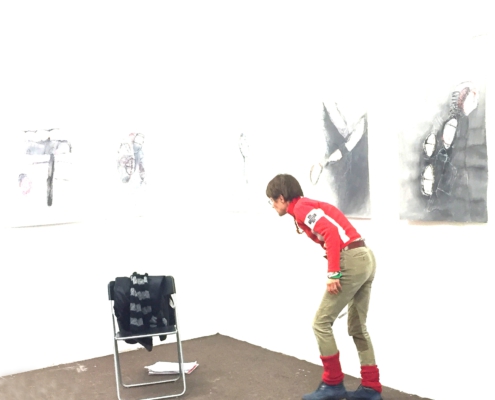
Gila Stolzenfuß
Painting, poetry and performance meet and penetrate each other.
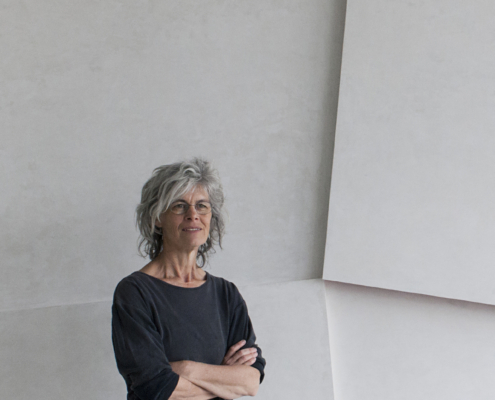
Doris Kaiser
A reduction to distinct shapes, minimal colour schemes and unspectacular materials allows for a differentiated, detailed tracking.
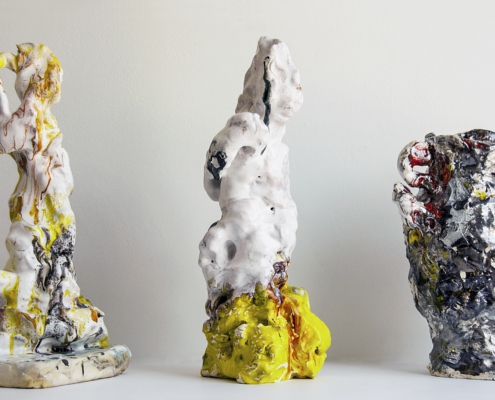
Xavier Toubes
Ceramics seems clear, relevant, being at the same time in the periphery and in the contemporary; determined to be a thing in a time when most information is mediated, incredulous and unreliable.

Uwe Löllmann
The flames touch the vessels, the wood ash flies through the kiln, sticks on the clay and melts slowly to a glaze.
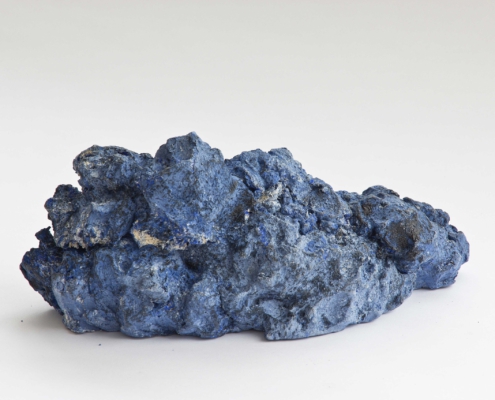
Christoph Möller
Made from the memories and images that appear over the years.
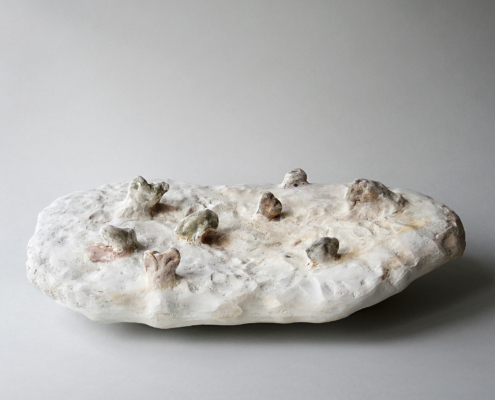
Hans Fischer
There is the object and it leaves a mark, an indentation.
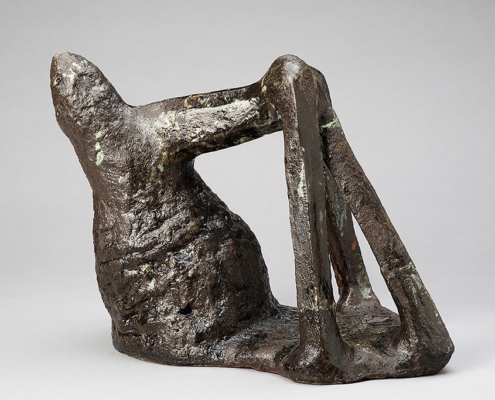
Klaus Lehmann
He was someone one met less at trade fairs and private viewings than in book shops. What does this tell us about Klaus Lehmann, who was long considered a “ceramist”? That his inter-ests were both wider and deeper than just supplying bowls and vases with aes-thetically pleasing forms and décor. Widely read in literature and philosophy, he was concerned with noth-ing less than the fundamental conditions and acts both of the material and of humankind …
